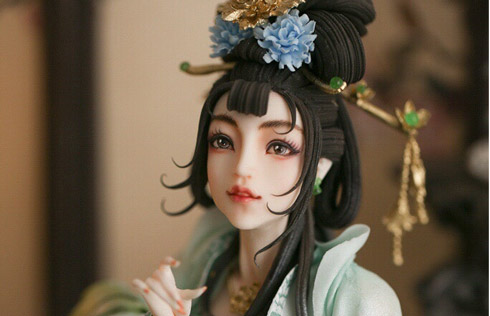Hexi Baojuan
Year: 2006
Sort: Folk Literature
Area: Gansu province
Serial No. I-13
Declarer: Liangzhou district, Wuwei city, and Suzhou district, Jiuquan city, Gansu province
The Hexi Corridor is topographically a basin in the north of Gansu province in western China. It got the name for its location in the west of the Yellow River.
Hexi Baojuan (literally, Volumes of Treasure) is a type of popular folk literature based on Buddhist preachment in the temples where the lecturing monks told stories from Buddhism classics and sung during the Tang and Song dynasties (618-1279AD). It adopted the structure of Buddhism classics in Dunhuang, an artistic treasure trove with 492 grottoes of some 45,000 square meters of murals and 2,415 painted clay figures. Hexi Baojuan matured and prevailed until the Republic of China (1912-1949).
Both colloquial language and poesy are used in Baojuan. The colloquialism serves to tell the plots, introduce the relation between characters, and pinpoint the time and venue. And the verses are sung to create an atmosphere, express opinions and feelings, and push the development of plots. A variety of tunes, including some folk tunes in Liangzhou are incorporated.
Hexi Baojuan can be divided into four categories, namely, the Buddhism stories, the historical stories, fables and legends. The subjects are mainly about publishing the evils and wrongdoings and advocating benevolence and filial piety.
According to an official survey, some 30 rolls of scripts of Baojuan in iangzhou have been preserved to today and most of them are hand-written copies and wood-carving printed. Over 70 types and 140 copies of Baojuan in Jiuquan have been collected.
With the development of rural economy and transformation of customs, few people held Baojuan singing and talking. Most of the practitioners are elders above the age of 70. With the pass away of this generation in the future, Hexi Baojuan is on the brink of extinction.


















